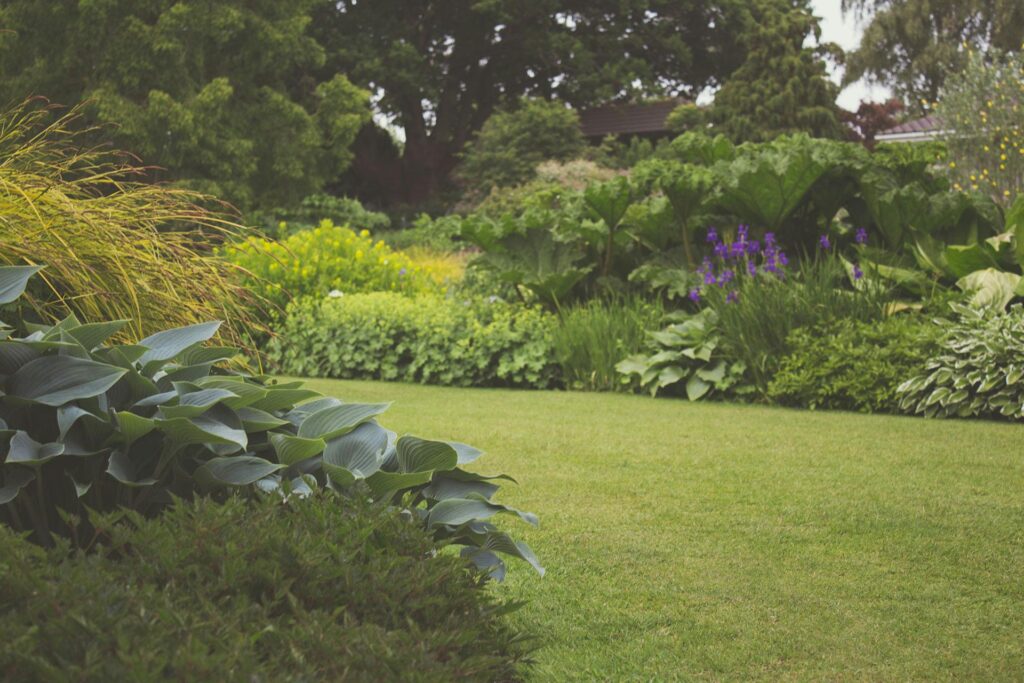How to Achieve a Low-Maintenance Garden with Professional Landscaping in Kenya

In Kenya’s diverse climate, creating a garden that is both beautiful and low-maintenance can transform your outdoor space with minimal upkeep. By following a few practical landscaping strategies, you can establish a lush, green garden that requires little attention, making it ideal for busy homeowners.
1. Choose Drought-Resistant Plants
Drought-resistant plants are perfect for low-maintenance gardens, especially in Kenya’s dry regions. Native plants like succulents, aloe vera, and bougainvillea require minimal watering and are resilient against pests. These plants not only survive with little maintenance but also add texture and color to your garden year-round.
2. Use Mulching to Conserve Moisture
Mulching is a vital landscaping practice that reduces water evaporation and suppresses weeds. Organic mulches, such as bark or compost, protect the soil and maintain cooler temperatures, reducing your watering needs. Mulching also improves soil fertility, benefiting plant health over time.
3. Invest in Automated Irrigation Systems
An automated drip irrigation system is ideal for gardens in Kenya, where water conservation is essential. Drip systems deliver water directly to plant roots, reducing waste and promoting healthy growth. By automating watering, you save time and ensure your plants receive the necessary moisture consistently.
4. Incorporate Hardscaping Elements
Hardscaping elements like stones, gravel pathways, and patios add structure to your garden and require minimal maintenance. In Kenya, materials like locally sourced stones and gravel are durable and add natural beauty. Hardscaping also reduces the amount of soil space needing upkeep, cutting down on weeding and watering tasks.
5. Opt for Low-Growing Ground Covers
Ground cover plants, like creeping thyme or mondo grass, are excellent for filling spaces between plants. These low-growing plants suppress weed growth, prevent soil erosion, and require little water. They also create a lush green carpet effect, adding depth to your garden while reducing your maintenance efforts.
6. Plan for Smart Plant Grouping
Grouping plants with similar water and sunlight requirements simplifies care. For example, place drought-tolerant plants together in sunnier areas and moisture-loving plants in shaded zones. This approach, called “zoning,” makes it easier to manage your garden and reduces wasted resources.
7. Add Perennials for Long-Lasting Impact
Perennials, like Kenyan blue salvia and daylilies, bloom year after year, offering consistent color without replanting. These low-maintenance plants are well-suited to Kenya’s climate and require minimal watering once established. They provide lasting beauty with little effort, reducing the need for seasonal replanting.
8. Minimize Lawn Areas
Lawns require frequent mowing, watering, and weeding, making them high-maintenance. To cut down on upkeep, reduce the size of your lawn or replace it with low-maintenance ground covers or decorative gravel. Alternatively, you can add a few small lawn patches for aesthetics without a full-scale grassy area.
Conclusion
Achieving a low-maintenance garden in Kenya is possible with careful planning and smart landscaping choices. By focusing on drought-resistant plants, automated systems, and hardscaping elements, you can enjoy a lush and vibrant garden without spending hours on maintenance. Mail us or Contact us at +254 725 144017